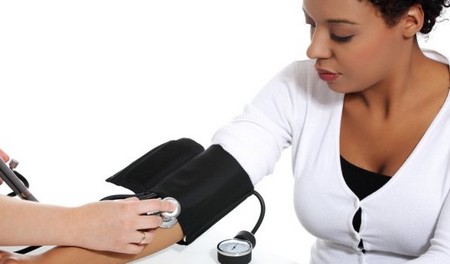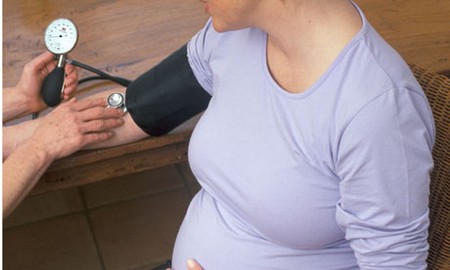Best Way to Deal with Preeclampsia during Pregnancy
Pregnancy-induced hypertension can develop into preeclampsia. Preeclampsia warns doctors that your body is not handling the pregnancy well and is a precondition of the toxic state called eclampsia, or toxemia. These days, full-blown eclampsia is rare because at every prenatal appointmentOBproviders check for its precursors—PIH and preeclampsia—and they take prompt action to prevent your condition from worsening.
Preeclampsia can make your kidney, liver, or other organs malfunction normally. It can also weaken the muscles of your heart. When blood pressure remains high for extended periods, your kidneys cannot process wastes as efficiently and begin to spill protein into the urine. Detecting protein in the urine is another way to diagnose PIH and preeclampsia.
Preeclampsia is also potentially harmful to your baby because, as we mentioned above, high blood pressure means less oxygen is available for the baby’s development. Your baby may remain much smaller than he or she should be for its gestational age. This condition is called intrauterine growth restricted, or IUGR. This means that your baby’s growth is being slowed down by the lack of oxygen. If your baby’s growth seems to be slowing, he or she will be monitored frequently using ultrasound and fetal heart monitoring.
Symptoms of Preeclampsia
- Extreme swelling in hands, knees, and face
- Rapid weight gain
- Increased protein in the urine (shown in testing)
- Elevated blood pressure (over 140/90)
- Problems with vision: blurring, light dots, aversion to bright light
- Severe or constant headaches unrelieved by acetaminophen
- Pressure in the lower chest between the ribs or upper right of abdomen
- Nausea and vomiting
Treatment for Preeclampsia
To help yourself and your baby when you have preeclampsia:
- Reduce salt intake.
- Drink 8-10 glasses of water a day.
- Get a blood pressure monitoring kit and chart results daily to take to yourOBvisits.
- Maintain a diet high in protein. Avoid fried, high-calorie, and nonnutritious foods.
- Get plenty of rest, or maintain bed rest if recommended by your doctor.
- Lie on yours side as much as possible. Try to favor the left side to increase the blood supply to the uterus and thus to the baby.
- When sitting, elevate your feet, but avoid forming a right angle that may impede blood return from the legs to the heart. Avoid tight stockings or clothing that restricts circulation to your legs.
- Avoid alcohol and caffeine
- Avoid stressful situations.
- Keep track of your baby’s movement everyday.
The treatment for preeclampsia usually involves close monitoring of your blood pressure and looking for protein in your urine. You may be equipped with devices that allow you to measure these symptoms at home. Your doctor will recommend bed rest with plenty of fluids because it may help decrease stress and allow your body to recover on its own. He or she will also ask you to come into the office more frequently to monitor your baby’s heart rate and movements and to measure the amniotic fluid inside your uterus.
If these treatments do not work and your condition does not improve, you may need to be hospitalized for closer continuous monitoring of your baby and may be treated with intravenous medication.
Categories
Advertisements
Recent Articles
 How to Understand Bed Sizes – A Small Guide
How to Understand Bed Sizes – A Small Guide How to Select Some Must Have Kitchen Accessories
How to Select Some Must Have Kitchen Accessories Best Way to Change a Car Tire
Best Way to Change a Car Tire Best Way to Write an Affirmation
Best Way to Write an Affirmation Best Way to Take Charge of Your Financial Life
Best Way to Take Charge of Your Financial Life Best Way to Survive a Party When You Don’t Know Anyone
Best Way to Survive a Party When You Don’t Know Anyone Best Way to Stop Self Sabotaging Yourself
Best Way to Stop Self Sabotaging Yourself Best Way to Start Journal Writing
Best Way to Start Journal Writing Best Way to Speak with a Powerful Voice
Best Way to Speak with a Powerful Voice Best Way to Simplify Your Life
Best Way to Simplify Your Life Best Way to Respond to a Put-Down
Best Way to Respond to a Put-Down Best Way to Reduce Acne Breakouts
Best Way to Reduce Acne Breakouts Best Way to Recover from Dining Disasters
Best Way to Recover from Dining Disasters Best Way to Quit Your Job Gracefully
Best Way to Quit Your Job Gracefully Best Way to Make Your Own Website
Best Way to Make Your Own Website



Leave a Reply